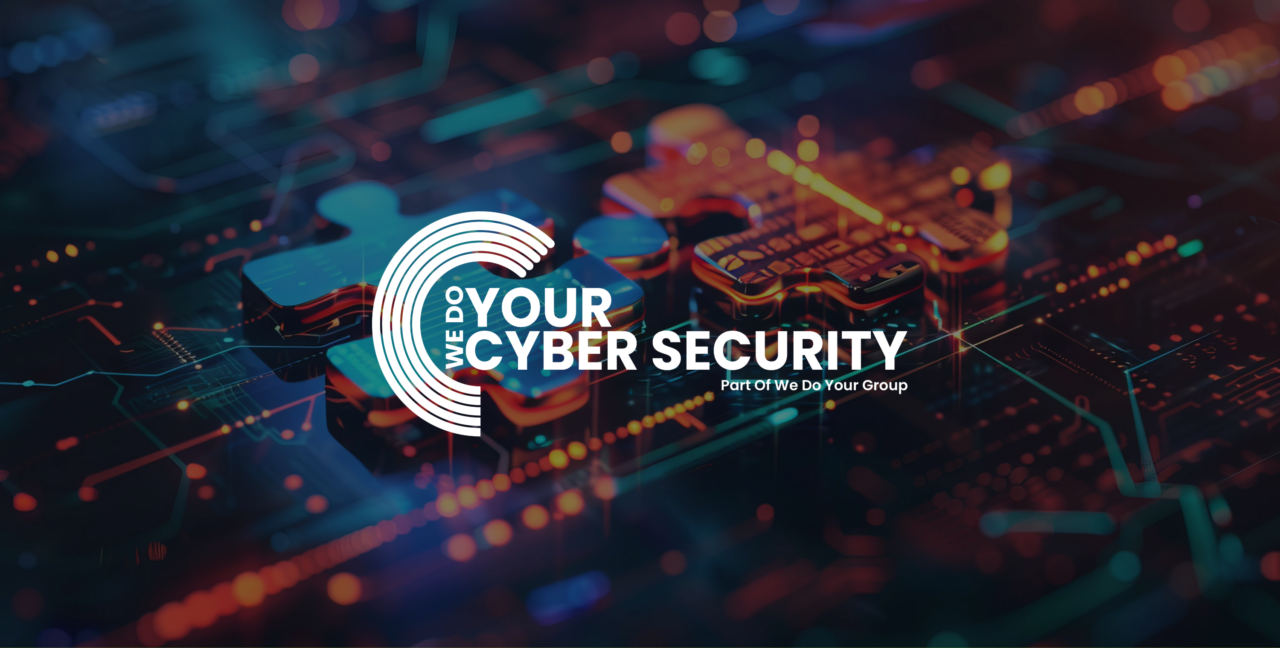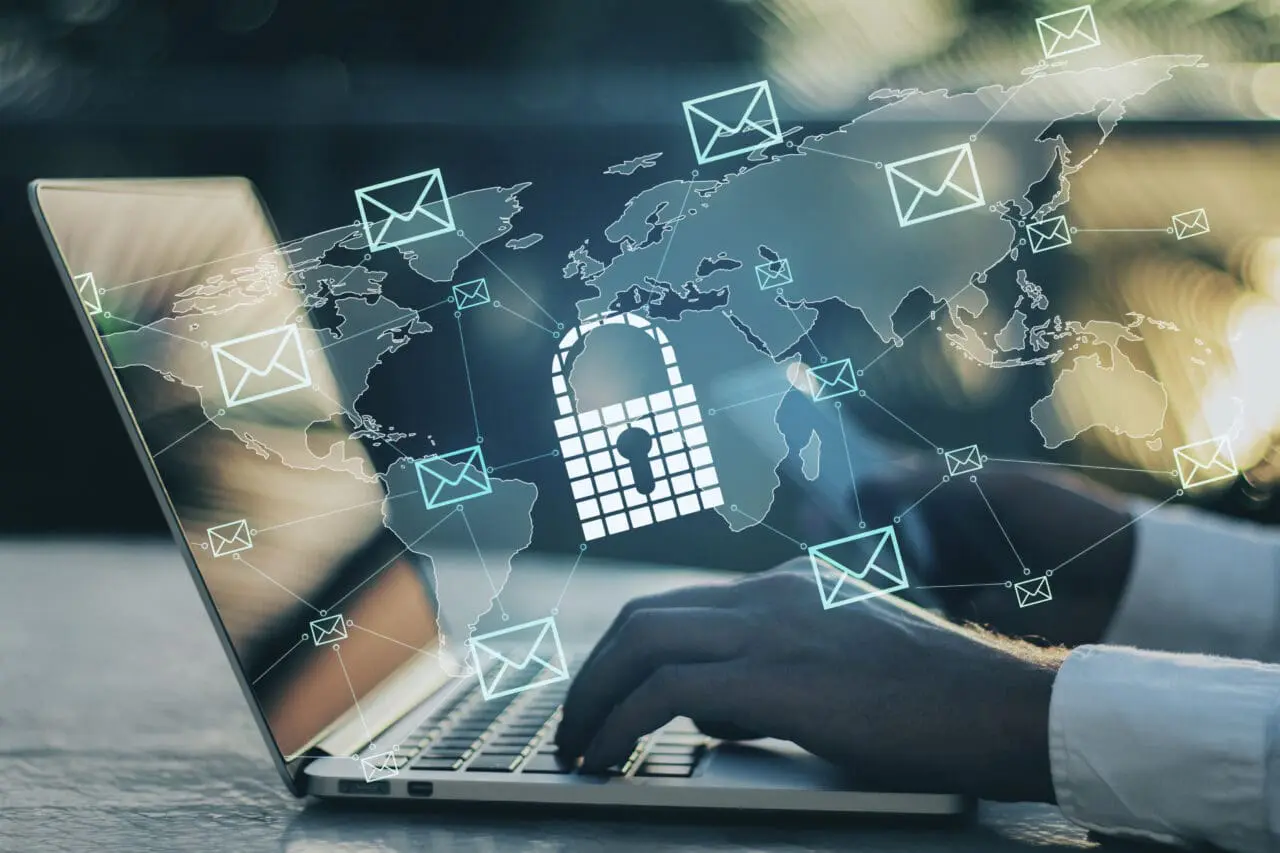

Implementing Domain-based Message Authentication, Reporting, and Conformance (DMARC) record is crucial for businesses and domain owners looking to bolster their email security framework. By seamlessly integrating with existing protocols like SPF and DKIM, DMARC authentication provides a robust layer that helps authenticate the legitimacy of email messages, significantly reducing instances of email spoofing, phishing attacks, and other malevolent activities aimed at compromising email communication. This process involves setting up stringent policies that dictate how unauthenticated emails and IP addresses are handled, whether they are rejected or merely reported for further analysis. Through continuous monitoring and adjustment of these protocols, businesses not only ensure the security of their email communications but also protect their brand integrity and maintain trust with their clientele. In an age where email remains a primary vector for cyber threats, the strategic implementation of DMARC authentication is not just a technical necessity but a critical business safeguard.
Deploying Domain-based Message Authentication, Reporting, and Conformance (DMARC) is a meticulous process that underscores the importance of email security within an organisation. It begins with the foundational setup of SPF (Sender Policy Framework) and DKIM (DomainKeys Identified Mail), which together establish a preliminary layer of email sender verification. Following this, DMARC records are created to serve as a policy that outlines how receiving mail servers should handle emails that do not pass SPF or DKIM checks. This involves monitoring and analysing DMARC reports to understand email sending practices and identify unauthorised email flows. Incrementally, the policy can be adjusted from a monitoring mode to an enforcement mode, actively blocking or quarantining emails that fail authentication tests. This progression not only significantly mitigates the risk of email spoofing and phishing attacks but also strengthens a business’s overall cybersecurity posture and its resilience against evolving email-related security threats. DMARC enables domain owners to take control of their email deliverability and authentication mechanisms, providing a robust defence against malicious email activities.
In today’s digital landscape, safeguarding your email infrastructure goes beyond the domains used for sending emails; it’s equally crucial to protect non-sending domains owned by the domain owner. Incorporating Sender Policy Framework (SPF) and DomainKeys Identified Mail (DKIM) into the sender’s domains provides a solid defence against cyber threats like domain spoofing and impersonation attacks. By implementing SPF, you declare which mail servers are authorised to send email messages on behalf of the sender’s domain, effectively reducing the chance of unauthorised use. Similarly, DKIM adds a digital signature to outgoing email messages, enabling the recipient to verify that the email was indeed sent from an authorised server and has not been tampered with en route. These measures are critical for maintaining the integrity of your business’s email communication channels and safeguarding your brand reputation against the damaging effects of cyber attacks, preventing emails from landing in the spam folder.
DMARC monitoring, including the analysis of DMARC reports and email messages, along with SPF authentication and DNS records, stands as pivotal in email security. Businesses gain unparalleled insight into their email ecosystems through this process. DMARC reports act as feedback mechanisms, providing detailed information on every email encounter’s DMARC check results. Organisations can decode these reports to detect email misuse patterns, potential breaches, and areas of non-compliance in email sending practices. The comprehensive visibility into email flows enables businesses to optimize their DMARC policies against spoofing and phishing attacks and make informed decisions to boost cyber resilience. Thus, DMARC monitoring and traffic analysis serve not only as technical procedures but also as strategic assets reinforcing email security in the digital era.
The transition to a more secure DMARC policy is a process that requires careful planning and gradual implementation to ensure uninterrupted email delivery. Initially, enables domain owners should set their DMARC policy to ‘none’ to monitor and collect data on their email sending practices without affecting email flow. This phase allows businesses to identify legitimate sources of email and unauthorised email sending attempts. Over time, as the organisation gains confidence in its understanding of email flows and the accuracy of its SPF and DKIM configurations, it can shift its DMARC policy to ‘quarantine’. This intermediate step will direct unauthenticated emails to the recipients’ spam folders, reducing the risk of phishing attacks reaching end users. Finally, once the organisation has thoroughly vetted its email senders and is confident in the integrity of its email sending practices, moving to a ‘reject’ policy will provide the highest level of security, actively blocking fraudulent emails from reaching their intended targets. This progressive approach to adopting a stricter DMARC policy helps maintain the balance between security and email deliverability, ensuring that genuine communications reach their audience without being mistaken for threats. Email message authentication is enhanced through DMARC domain alignment, ensuring that only authenticated emails are sent on behalf of a domain. Domain owners should publish a DMARC TXT record to specify how mail servers should handle messages that fail DMARC checks.
In the ever-changing landscape of cyber threats, maintaining an up-to-date email security posture is crucial for organisations aiming to safeguard their communication channels. Regular updates and meticulous management of SPF (Sender Policy Framework), DKIM (DomainKeys Identified Mail), and DMARC (Domain-based Message Authentication, Reporting, and Conformance) settings are not just technical tasks but strategic imperatives for domain owners. These mechanisms, when properly aligned and frequently revised, form a robust defence against sophisticated email-based attacks like spoofing and phishing. By periodically reviewing and refining these settings and DMARC records, businesses ensure they are not only compliant with the latest security standards but are also proactively countering emerging threats. This dynamic approach to email security highlights the importance of adaptability and vigilance in protecting an organisation’s digital assets and maintaining the trust of its clients and partners. Moreover, ensuring that DNS records are correctly configured can prevent legitimate emails from ending up in the spam folder. Validating the sender’s domain is essential in the fight against email fraud.
DMARC (Domain-based Message Authentication, Reporting, and Conformance) serves as a crucial component in the arsenal against email spoofing and phishing attacks, acting as a robust email authentication system designed to protect a domain from unauthorised use. By verifying the sender’s domain through SPF (Sender Policy Framework) and DKIM (DomainKeys Identified Mail) checks, DMARC empowers domain owners to authenticate the source of their email messages. This authentication process ensures that only legitimate communications are delivered to their intended recipients. Furthermore, DMARC specifies how email messages that fail authentication checks should be handled, preventing attackers from misusing a domain to send malicious emails. It also includes a reporting mechanism that allows domain owners to gain insights into the effectiveness of their email authentication practices. By leveraging DMARC, organisations can significantly enhance their email security posture, safeguard their brand reputation, and ensure the integrity of their email communication channels in the face of evolving cyber threats. DNS records play a key role in configuring DMARC settings and enhancing the security of mail servers.
In today’s digital world, safeguarding a brand’s reputation and complying with data protection laws are crucial. Implementing DMARC records is vital for achieving these goals. By bolstering email message authentication methods, DMARC helps organisations prevent unauthorised use of their domains in email communications. This safeguards against email spoofing and phishing attacks that can harm a brand’s reputation. Additionally, DMARC’s reporting functionality provides insights into email authentication efforts, aiding organisations in adhering to strict data protection regulations. DMARC not only enhances an organisation’s email security on the mail server but also showcases their dedication to protecting sensitive information, thereby maintaining trust with clients and regulatory bodies.
In the digital era where cybersecurity threats loom larger than ever, the role of DMARC (Domain-based Message Authentication, Reporting, and Conformance) and DNS records in bolstering email security cannot be overstated. DMARC’s unique ability to combine SPF (Sender Policy Framework) and DKIM (DomainKeys Identified Mail) checks alongside DMARC and SPF authentications into a comprehensive reporting and enforcement protocol empowers domain owners and organisations to take a proactive stance against email spoofing and phishing attempts that endanger brand reputation and client trust. By adopting DMARC authentication and SPF authentication, businesses are not only tackling the prevalent challenge of email-based attacks head-on but are also laying down a robust framework that enhances their compliance with evolving data protection regulations. The implementation of DMARC signifies a strategic leap towards safeguarding the integrity of email communication, thus pledging an unyielding commitment to cybersecurity vigilance. This dedication to DMARC diligence is more than a mere technical adjustment; it is a testament to an organisation’s resolve to protect its digital assets, maintain the trust of its stakeholders, and uphold its reputation in an increasingly interconnected world.

This website uses cookies to improve your experience. Choose what you're happy with.
Required for the site to function and can't be switched off.
Help us improve the website. Turn on if you agree.
Used for ads and personalisation. Turn on if you agree.
This website uses cookies to improve your experience. Choose what you're happy with.
Required for the site to function and can't be switched off.
Help us improve the website. Turn on if you agree.
Used for ads and personalisation. Turn on if you agree.